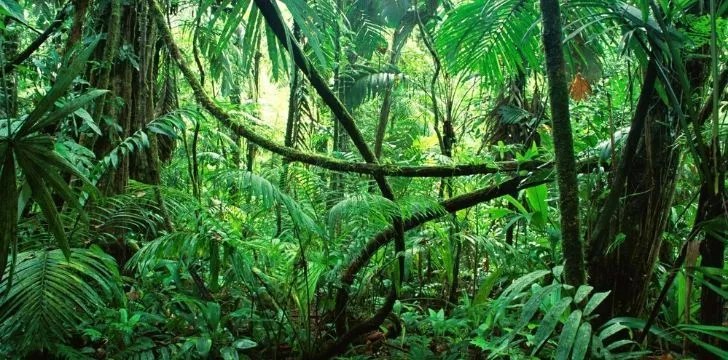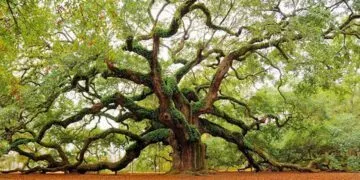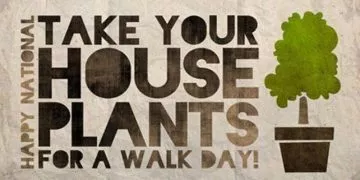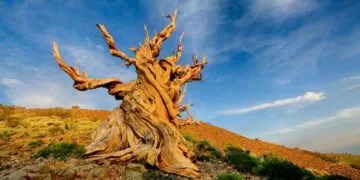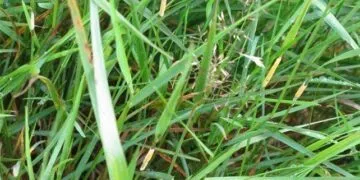We all know that forests, woods and jungles must be different, but what is it that defines them?
When we think of jungles, we imagine dense tropical or exotic climates. For most people woods and forests often refer to the same thing, a wooded area.
But what really defines these three similar types of ecosystem.
Let’s look at the definition of each of the three different tree-oriented ecosystem and see how they are different.
What is a Forest?
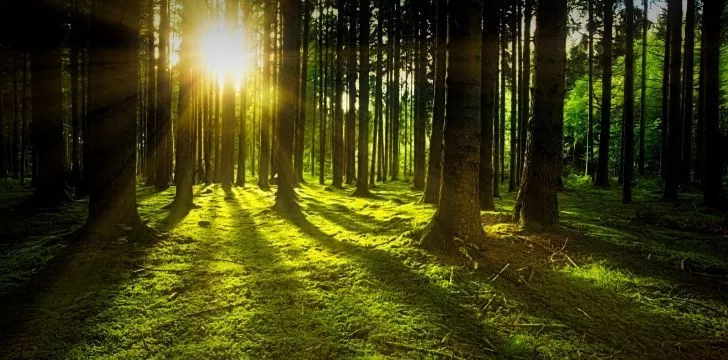
In summary a forest is a complex ecosystem made up primarily of trees.
Forests contain 80% of the world’s plant biomass.
It is described in the dictionary as “a large area covered chiefly with trees and undergrowth”.
Forests have been around for approximately 380 million years and are an important habitat for many species.
Temperature and rainfall are two very important things that help a forest thrive and keep growing.
They can also be defined around the world in different ways, taking into consideration tree height, tree density, land use, legal standing and the ecological function.
As well as these man made rules, there are geographic factors that have influenced the names and creation of different types of forest, such as rain forests, tropical forests, boreal forests and temperate forests.
There is no recognized precise definition of what exactly a forest is as there are over 800 variations in the definition used around the world.
How did the word Forest come about?
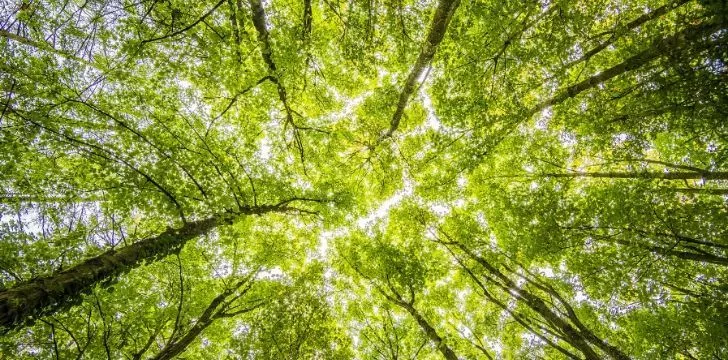
The use of the word forest was first documented in the 13th Century and it came from the old French word “forêt” for forest.
It is said that the word “forêt” was introduced to the English language with the meaning of hunting land.
At the time there was no definition as to whether this land had to have trees or woods on it.
Naturally hunting land is mostly wooded as this is where game for hunting is best brought up, so over time the word became more associated with wooded hunting land.
There are suggestions that the word had previously come from Old High German meaning open wood.
The Latin word Foresta was often used throughout Europe to describe the ruler or kings hunting ground.
The exact origin of the word is obscure and there are many theories, but they all suggest that the word forest has been used throughout history to describe hunting ground and over time it has become integrated into the English language to mean the same as woods.
What is the difference between Forest and woods?
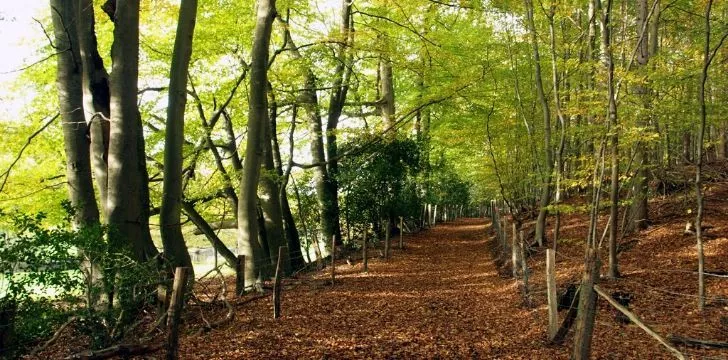
The dictionary definition states that woods or woodland is an area of land that is covered with growing trees but is smaller than a forest.
The word woods or woodland would have been the original word to use to describe a heavily dense tree area, but the exact definition has developed over time.
An easy definitive between the two was when the word forest was used, as it originally defined hunting ground, and for the king this would have been a very large area.
This then meant that most natural woodland that was not part of the hunting ground tended to be smaller.
So there are no differences in climate or habitat between forest and woods other than size.
They are almost identical in ecosystem; it’s just that woods are smaller than forests.
What is a jungle?
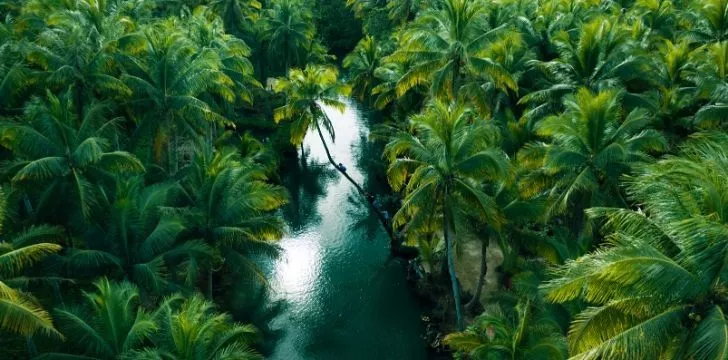
A jungle is quite often defined as being very different to a forest or woodland, we think of it as being more exotic and tropical and that is partially true.
A jungle is an area of dense forest and overgrown tangled vegetation located within the tropics.
This definition explains that a jungle is made up of a network of forests and that will often have more plants growing on the ground.
An example of the name confusion is the Amazon Rainforest, when we see photos of it we consider it to be a jungle, and it is.
Jungles are networks of forests; therefore, they could be referred to as forests, but as a group mass would be called a jungle.
So, what is the difference between all three?
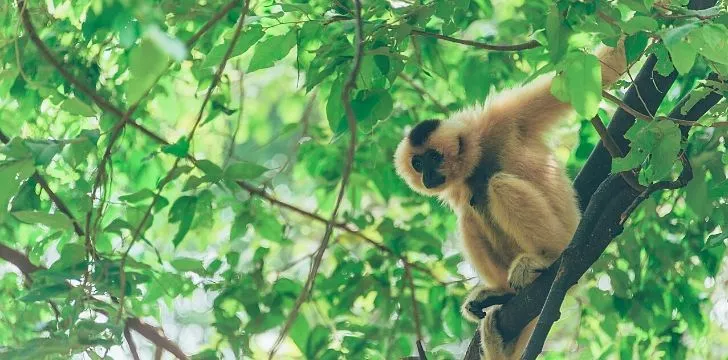
The defining element between the three ecosystems is size and climate.
Woods are considered to be the smallest area of dense tree growth, followed by forests, which make up bigger land areas and finally jungles, which are made up of overgrown tangled forests.
Jungles are also located in tropical climates and are often more humid, whereas woods and forests are less humid and located all around the world.
The next time you find yourself in a wooded area have a think about whether it is a woodland, forest or a jungle?
Depending on where you are in the world there are other types of forest that you might get to explore that even have their own specific ecosystem of animals and plants.

